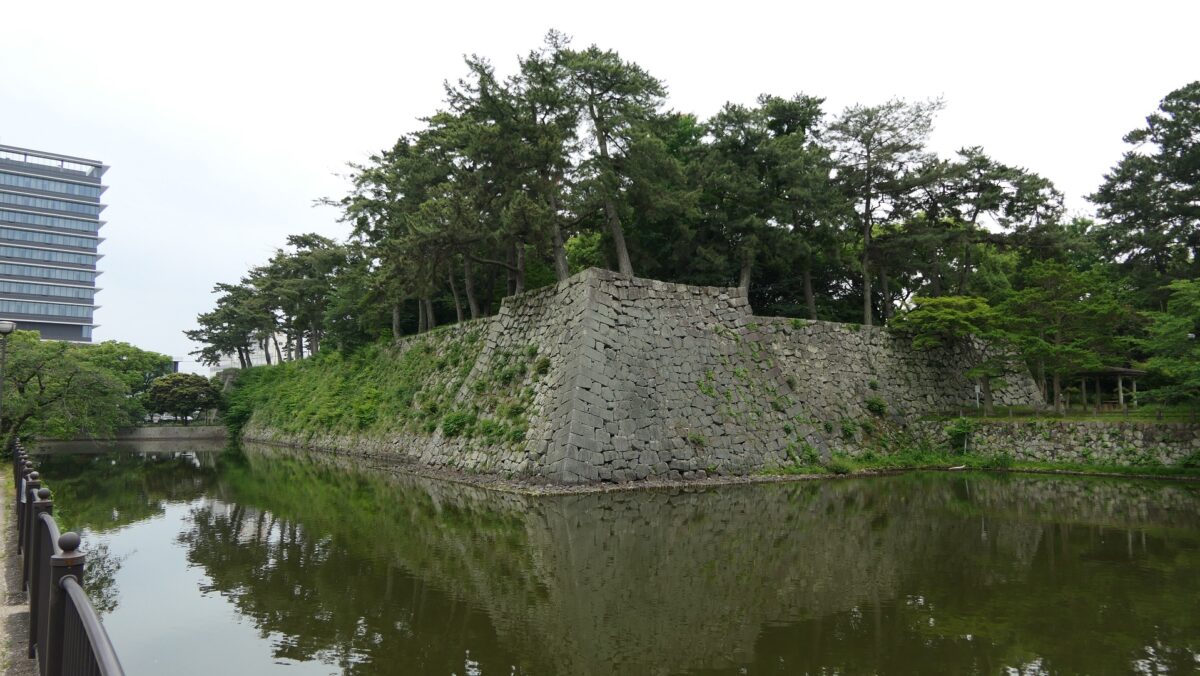Location and History
Field of Anotsu Castle Battle
Tsu Castle is located in what is now Tsu City, the capital of Mie Prefecture which was called Ise Province in the past. Tsu City calls itself the city with the shortest name in the world. Tsu just means port. Originally, the area was called Anotsu, which means the port of Ano. Anotsu was one of the three greatest ports in Japan in the Middle Ages. However, the port declined due to the Meio earthquake followed by a great tsunami in 1498.
The range of Ise Province and the location of the castleThere was also been Anotsu Castle in the plains land around the area, which was the former Tsu Castle. In 1600 before the famous Battle of Sekigahara, a preliminary skirmish happened at the castle, called the Battle of Anotsu Castle. Large troops from the West Squad attacked the castle with few defenders of Nobutaka Tomita belonging to the East Squad. The defenders had to surrender, as a result, the castle went to ruin. The Tokugawa Shogunate, which led the East Squad finally won the Battle of Sekigahara in 1600, thought they need a stronger lord and castle around the area. This was because they were still against the Toyotomi Clan which lived in Osaka Castle, not so far from Ise Province in the west.
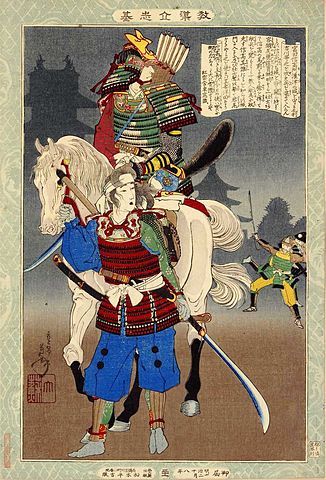
Takatora Todo improves Castle as his home base during peacetime
In 1608, the shogunate replaced Nobutaka Tomita with Takatora Todo as the lord of Anotsu Castle. Takatora was not a hereditary feudal lord, which meant he didn’t work under Ieyasu Tokugawa for a long time, who was the founder of the shogunate. He was a well-known master of castle construction through building Uwajima, Ozu and Imabari Castles. He also helped the shogunate build famous castles such as Edo, Nagoya, and Nijo in Kyoto. That’s why he was trusted by the shogunate. They expected Takatora to build a strong castle to stand against the Toyotomi Clan in Osaka Castle in the west. Takatora accomplished this by renovating Anotsu Castle, which was renamed Tsu Castle sometime around the period.

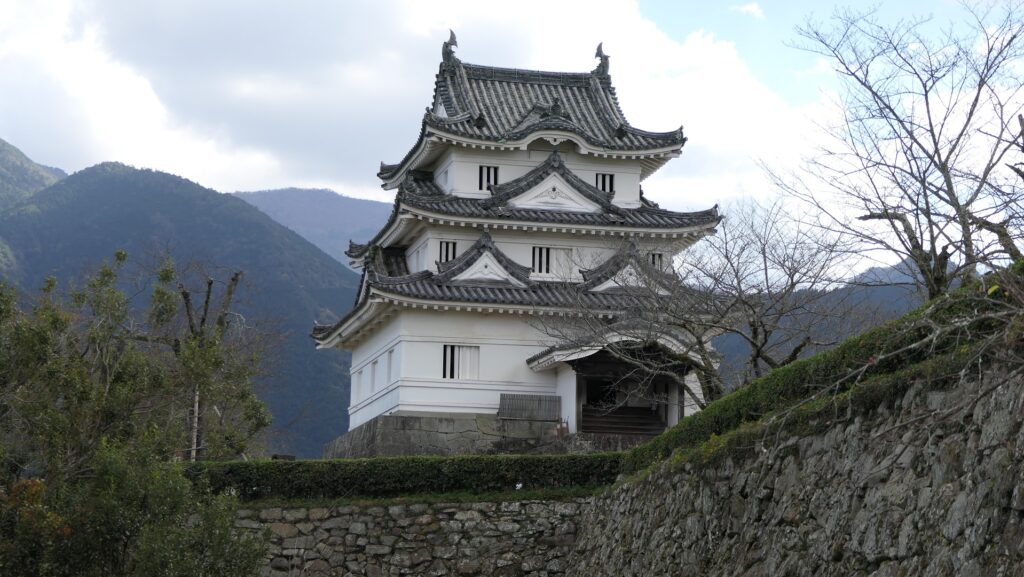
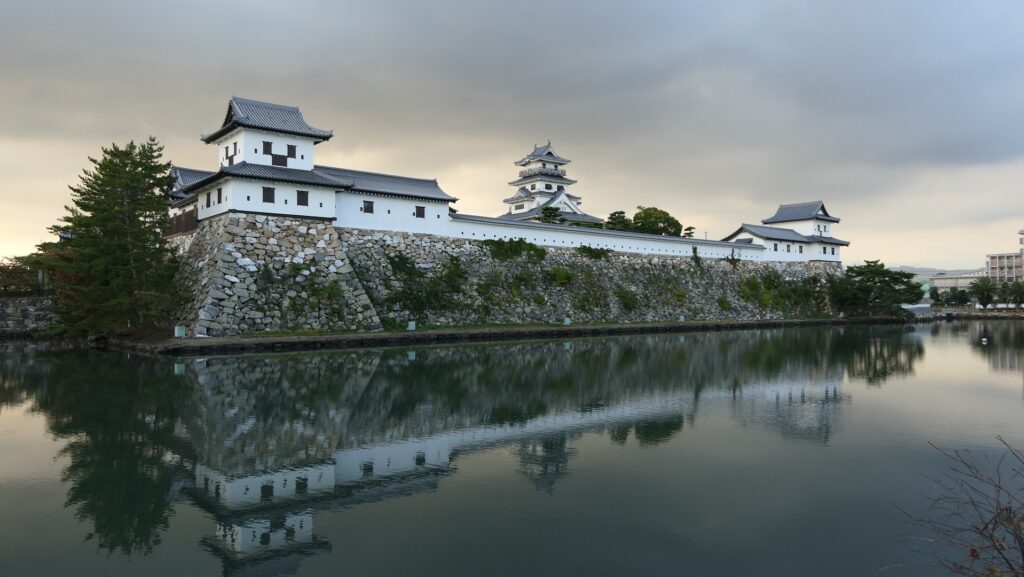
He also owned Iga-Ueno Castle in Iga Province, which was west of Ise Province and closer to Osaka. He said that Tsu Castle would be his home base during peacetime while Iga-Ueno Castle would be the other one for wartime. However, Tsu Castle was adequately defensive even if it was his peacetime home base in the plains. The castle also reflected Takatora’s concepts of building castles.
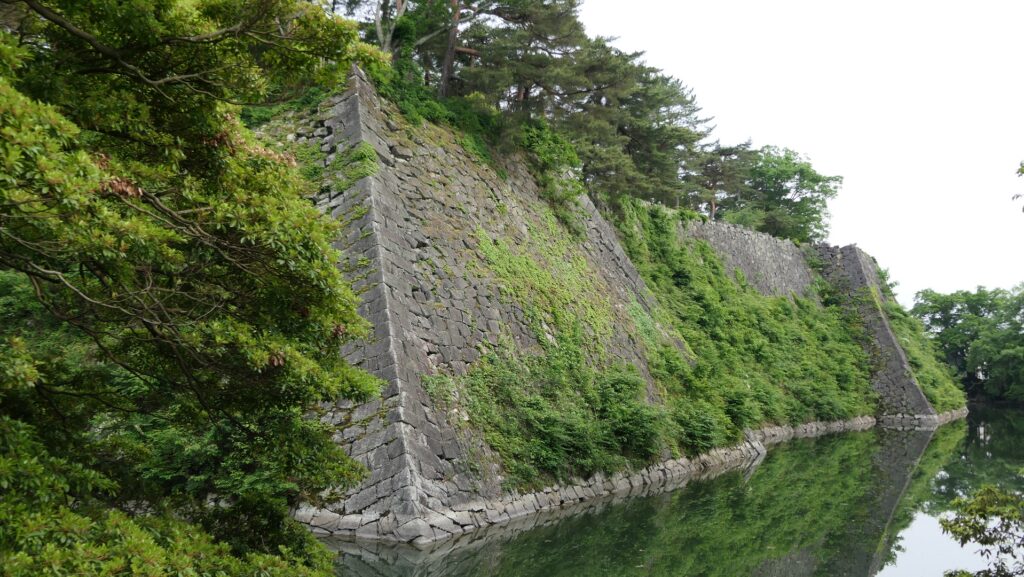
Takatora’s concepts of building castles
The Main Enclosure was simply square shaped, which was easy to construct and accommodate large troops. While it may be weak for defense, the enclosure was surrounded by the wide Inner Moat, high stone walls, and many turrets on the walls. The gates of the enclosure were strongly guarded with a square defensive space called Masugata. Moreover, to enter the gates, visitors had to pass other small enclosures called Demaru or the Barbicans in the Inner Moat. The Second Enclosure and the Outer Moat were also built concentrically. Such structures can be seen in other castles which Takatora was involved in, such as Imabari, Nagoya, Nijo, and Sasayama.
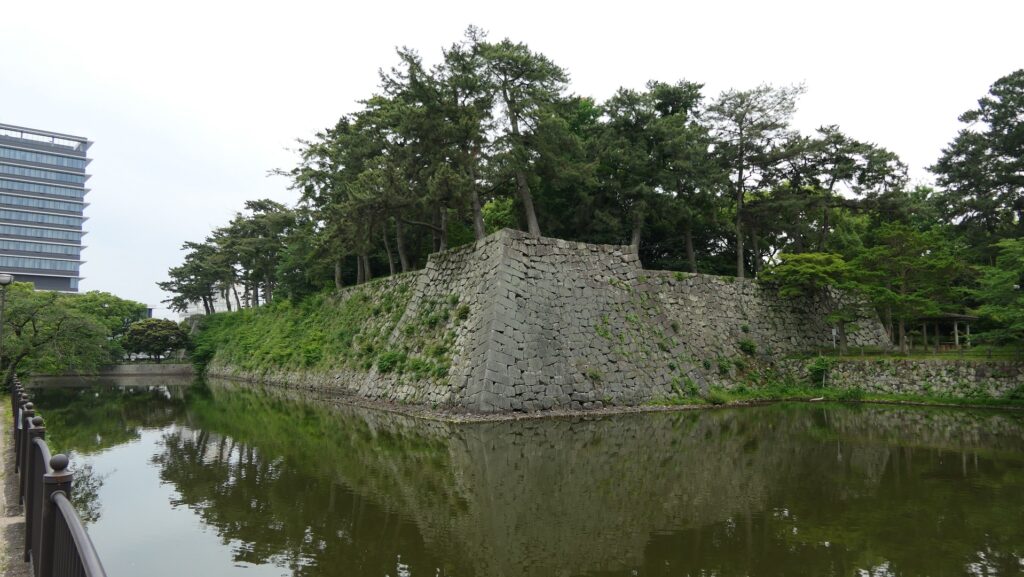
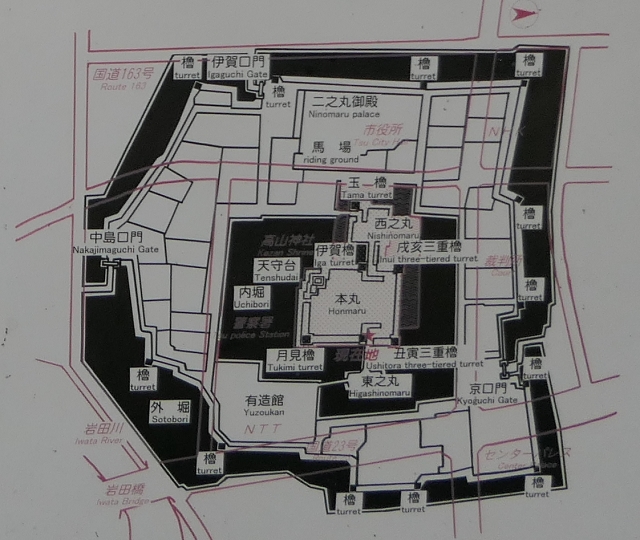


After the shogunate beat the Toyotomi Clan in 1615, Tsu Castle became the home base of the Tsu Domain which the Todo Clan governed, throughout the Edo Period. The castle town of Tsu Castle prospered as well as being on the Ise-Gingu Shrine pilgrimage road.

